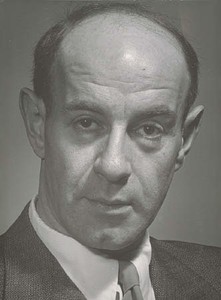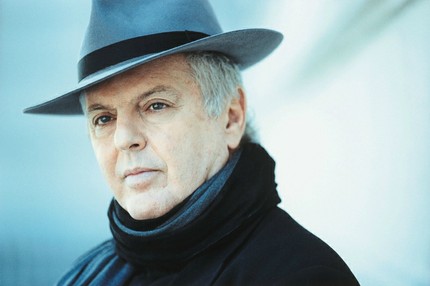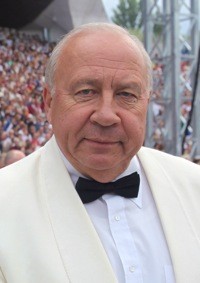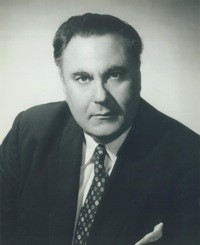
Erich Leinsdorf |
Erich Leinsdorf

Leinsdorf is from Austria. In Vienna, he studied music – first under the guidance of his mother, and then at the Academy of Music (1931-1933); he completed his education in Salzburg, where he was an assistant to Bruno Walter and Arturo Toscanini for four years. And despite all this, the name of Leinsdorf became known in Europe only in the mid-sixties, when he led the Boston Symphony Orchestra and was called by critics and publishers in the United States “musician of 1963.”
Between the years of study and the achievement of world recognition lies a long period of work by Leinsdorf, an imperceptible but steady movement forward. He was invited to America at the initiative of the famous singer Lotta Lehman, who worked with him in Salzburg, and remained in this country. His first steps were promising – Leinsdorf made his New York debut in January 1938, conducting the Valkyrie. After that, New York Times critic Noel Strauss wrote: “Despite his 26 years, the new conductor led the orchestra with a confident hand and, on the whole, made a favorable impression. Although there was nothing striking in his work, he showed a solid musicality, and his talent promises much.
About two years later, after the death of Bodanzky, Leinsdorf became, in fact, the chief conductor of the German repertoire of the Metropolitan Opera and remained there until 1943. At first, many artists accepted him with hostility: his manner of conducting was too divergent, his desire for strict adherence to the author’s text with the traditions of Bodanzka, which allowed significant deviations from the traditions of performance, speeding up the pace and cuts. But gradually Leinsdorf managed to win the prestige and respect of the orchestra and soloists. Already at that time, insightful critics, and above all D. Yuen, predicted a bright future for him, finding in the talent and manner of the artist much in common with his great teacher; some even called him “the young Toscanini”.
In 1943, the conductor was invited to direct the Cleveland Orchestra, but did not have time to acclimatize there, as he was drafted into the army, where he served for a year and a half. After that, he settled for eight years as chief conductor in Rochester, periodically touring various cities in the United States. Then for some time he headed the New York City Opera, conducted performances at the Metropolitan Opera. For all his solid reputation, few could have predicted the subsequent meteoric rise. But after Charles Munsch announced that he was leaving the Boston Orchestra, the directorate decided to invite Leinsdorf, with whom this orchestra had already performed once. And she was not mistaken – the subsequent years of Leinsdorf’s work in Boston enriched both the conductor and the team. Under Leinsdorf, the orchestra expanded its repertoire, largely limited under Münsche to French music and a few classical pieces. The already exemplary discipline of the orchestra has grown. Leinsdorf’s numerous European tours in recent years, including performances at the Prague Spring in 1966, have confirmed that the conductor is now at the height of his talent.
Leinsdorf’s creative image harmoniously combined the best features of the Viennese romantic school, which he learned from Bruno Walter, the wide scope and ability to work with the orchestra in concert and in the theater, which Toscanini passed on to him, and finally, the experience gained over the years of work in the USA. As for the breadth of the artist’s repertory inclinations, this can be judged from his recordings. Among them are many operas and symphonic music. Among the first deserve to be named “Don Giovanni” and “The Marriage of Figaro” by Mozart, “Cio-Cio-san”, “Tosca”, “Turandot”, “La Boheme” by Puccini, “Lucia di Lammermoor” by Donizetti, “The Barber of Seville” by Rossini , “Macbeth” by Verdi, “Valkyrie” by Wagner, “Ariadne auf Naxos” by Strauss … A truly impressive list! Symphonic music is no less rich and varied: among the records recorded by Leinsdorf, we find Mahler’s First and Fifth Symphonies, Beethoven’s and Brahms’ Thirds, Prokofiev’s Fifth, Mozart’s Jupiter, Mendelssohn’s A Midsummer Night’s Dream, A Hero’s Life Richard Strauss, excerpts from Berg’s Wozzeck. And among the instrumental concertos recorded by Leinsdorf in collaboration with major masters is the Second Piano Concerto by Brahms with Richter.
L. Grigoriev, J. Platek, 1969





